While conducting research in Lira, Northern Uganda, last month, we came across a young girl, about 11 years, in the morning who had fainted along the road from walking a long distance to school. As we rushed her back to her home, the father shared that she had left for school fine after doing house chores, and the health facility was too far to take the young girl as she was vomiting. Fortunately, we had moved with some medication that she was given to feel better for the short term.
Distance barrier
Mobility is vital to daily life. In her paper on everyday mobility, Jessica Berg states that mobility is fundamental to independent living, participation in society, and well-being. However, distance is still a challenge in rural communities in Uganda, especially for women, since walking is the primary mode of transport. For over 34 million rural population in Uganda, options for getting around can be limited for those who don’t own a car. Public transit is almost non-existent in rural, remote areas, and cab or motorcycle rides are too costly.
"Block Quote"
According to the 2016 State of Public Service Delivery in Uganda baseline survey report, on average, walking distance to a health facility is 5km, 3km to a secondary school, 2km to a primary school, 6km to sub-county headquarters, 2km to an all-weather road, and 1km to a water source. The long walk to school is a critical barrier to school attendance and performance, especially for girls. Numerous house chores, exhaustion, and insecurity dissuade girls from walking long distances to school and other social facilities, limiting school performance and productivity. In addition, the long walks to a water source, hospital, marketplace and places of worship are a barrier to economic and social wellbeing.
Mobility and SDGs
Mobility is essential in achieving the SDGs and driving global progress in rural developing regions. Mobility contributes to the following SDGs, including SDG 1: No poverty, SDG4: Quality education, SDG 3: Good health and well-being, and SDG 5: gender equality. Mobility offers families an opportunity to build entrepreneurial businesses and transport more goods to the market, enables health workers to provide quality outreach services to people in remote areas, and allows girls and boys to attend school more and improve their performance.
Wheels of change
With no access to affordable transport, the distance in rural communities limits access to education, health and economic well-being of the people. Bicycles are an economical solution to immobility for rural communities in Uganda. They are also good for the environment because they don't release harmful emissions that pollute the atmosphere. Innovations for Poverty Action (IPA) in Zambia found that the World Bicycle Relief’s Bicycles for Educational Empowerment Program (BEEP) increased bicycle access for girls, reduced commute time by a third, increased punctuality to school, and reduced absenteeism. Stories from the World Bicycle Relief show the impact of mobility in rural communities. Charity in Zimbabwe can travel over 80 miles to source materials for her business using a microloan from a SACCO to buy a bicycle. In Sri Lanka, Sivarasa is able to sell wood in the town market 7 kilometers away, which has created a four-fold increase in his daily earnings.
Recommendations
Successful bicycle interventions have been a result of various factors such as result-oriented outputs like school attendance and performance (study to own), customizing them for heavy loads, terrain, gender and ages, supply of spare parts, training repairers in local communities, and short-term loan schemes. In Uganda, the bicycles often distributed in rural communities tend to be expensive for people living below the poverty line, ridden by males and adults due to the design and often break down easily with few supplies of basic spare parts and repairers at the local centers.
There is need for an affordable, efficient, and custom model that enables communities of students, health workers, entrepreneurs and families in rural regions with life-changing mobility. For affordability, bike sharing can also be looked into. Through partnership with local leaders, and access to mobile phones and internet, bike sharing can be plausible in rural communities in Uganda. With a functional bicycle, a student can reach school early, an entrepreneur can get raw materials, a health worker can do house calls, and a farmer can transport more produce to market, the grinding mill, and create momentum for the entire community.


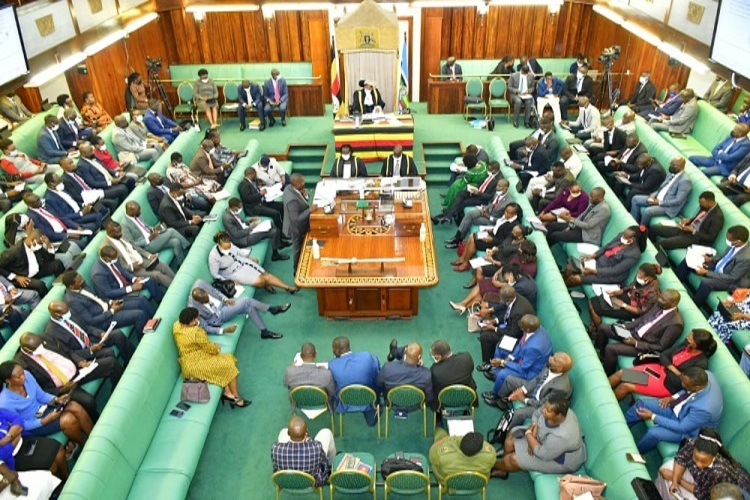
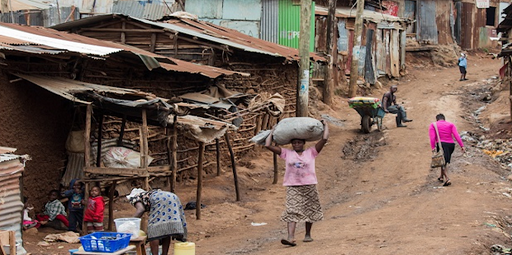
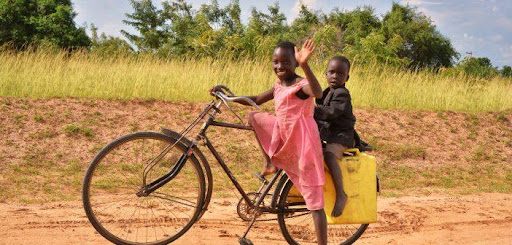

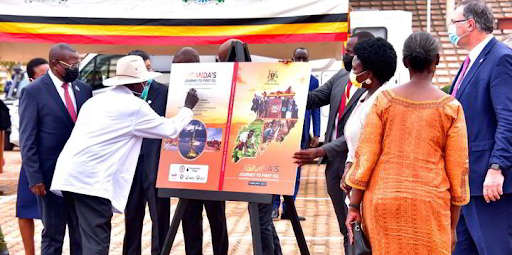
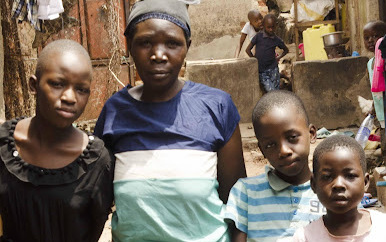

0 Comments